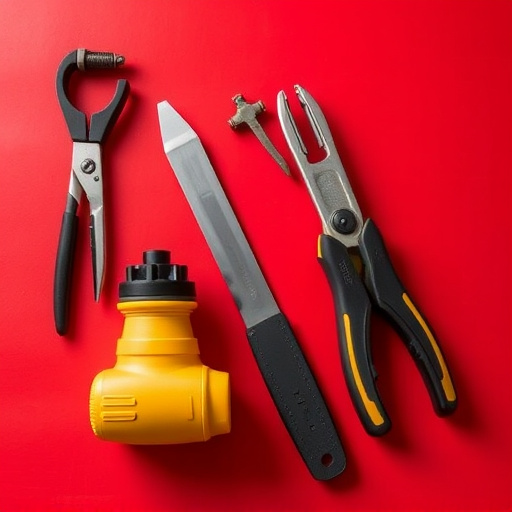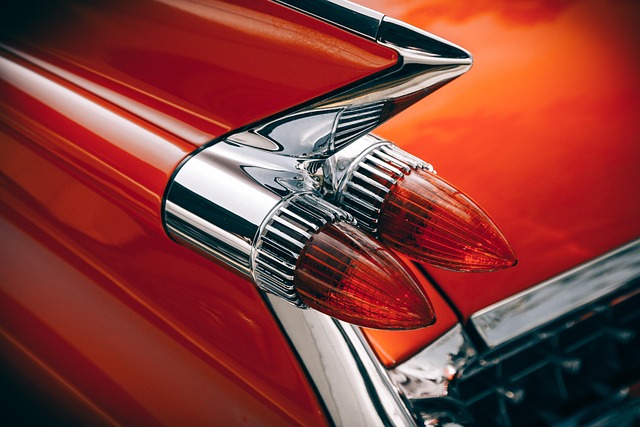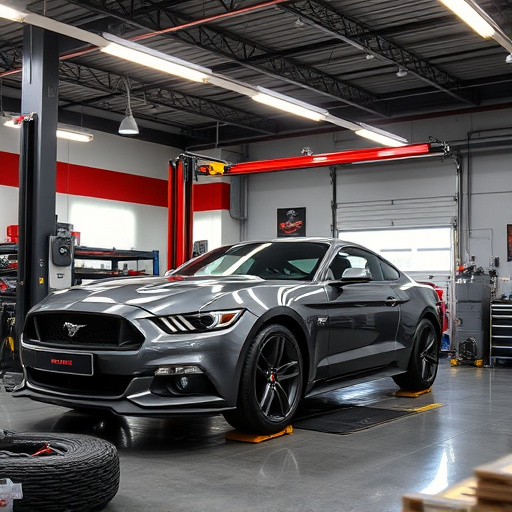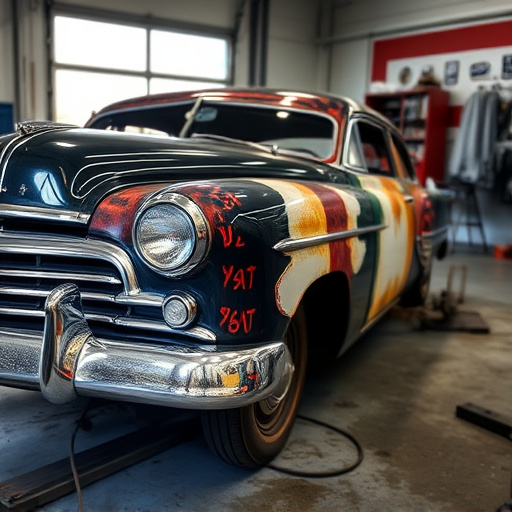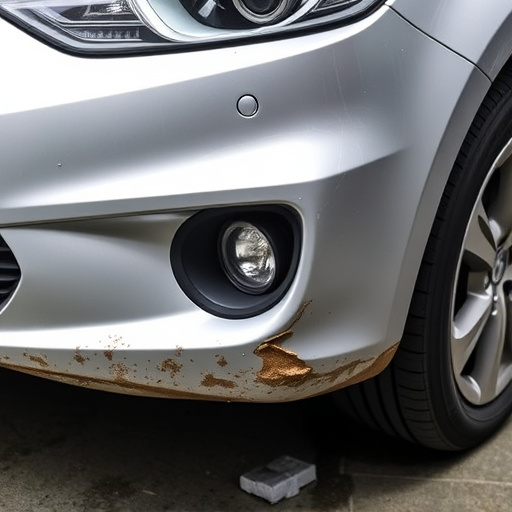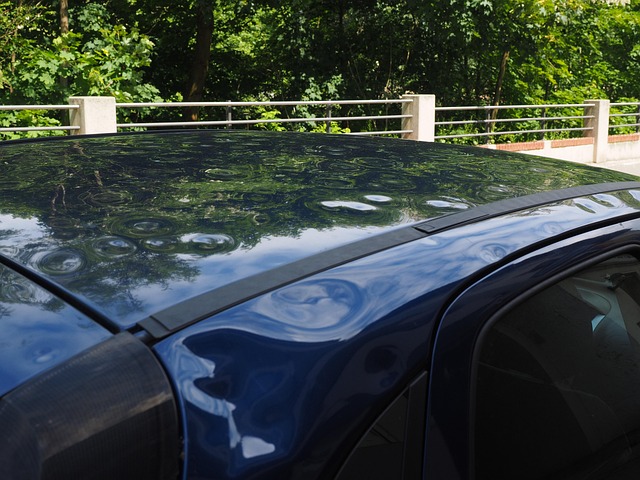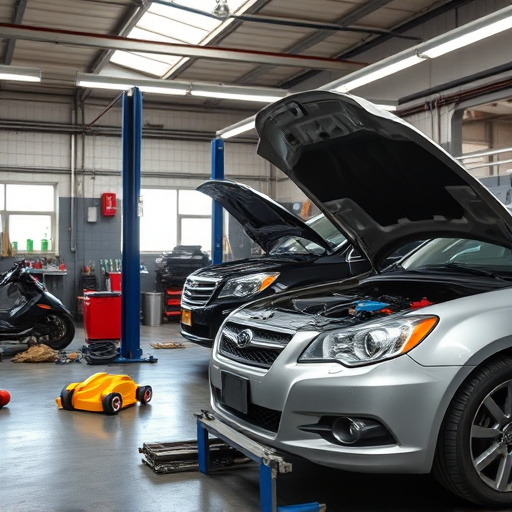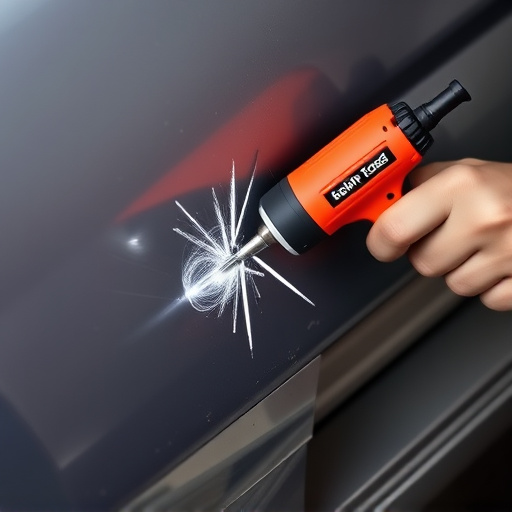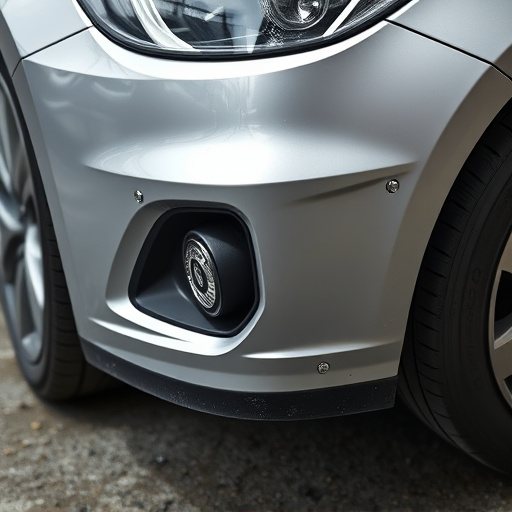The repair quality verification process involves advanced tools and expert inspections to ensure every vehicle repair meets high standards. It includes measuring structural integrity, color matches, and panel alignment using calipers, laser scanners, and 3D cameras. Infrared thermography detects hidden damage, while skilled technicians assess tire condition and overall cosmetic appeal. This rigorous evaluation guarantees top-quality repairs, maintaining customer satisfaction, safety, and vehicle value.
A thorough repair quality verification is an essential step in ensuring that repairs meet expected standards. This process involves a meticulous assessment of the work performed, utilizing various tools and techniques to verify accuracy and adherence to specifications. By delving into this comprehensive overview, you’ll explore the critical components of repair quality verification, from assessing repairs to implementing robust standards. Understanding these methods is key to fostering excellence in any repair or maintenance program.
- Assessing Repairs: A Comprehensive Overview
- Verification Methods: Tools and Techniques
- Ensuring Quality: Standards and Expectations
Assessing Repairs: A Comprehensive Overview

During a thorough repair quality verification, assessing repairs involves a meticulous process that goes beyond visual inspection. It encompasses a comprehensive overview of each stage of the repair process, ensuring every detail meets the highest standards. This includes examining the extent and accuracy of damage removal in vehicle collision repair, verifying the quality of materials used in car scratch repair, and checking the precision of panel alignment during vehicle restoration.
Specialized tools and techniques are employed to assess structural integrity, paint job consistency, and overall cosmetic appeal. Experts scrutinize measurements, color matches, and surface finishes to ensure repairs are not only visually appealing but also structurally sound. This rigorous evaluation is pivotal in maintaining the integrity and value of vehicles undergoing repair, whether it’s a minor car scratch or a complete vehicle restoration.
Verification Methods: Tools and Techniques

During a thorough repair quality verification, several advanced tools and techniques are employed to ensure precision and accuracy. These include high-precision measuring instruments like calipers, laser scanners, and 3D cameras that capture detailed vehicle bodywork dimensions and surface contours. Advanced imaging technologies, such as infrared thermography, are utilized to detect subtle discrepancies or hidden damage not immediately visible to the naked eye.
In addition to these technological aids, skilled technicians may use manual inspection methods, including visual assessments, pressure testing, and functional checks to verify repairs in auto repair shops and collision damage repair centers. These multifaceted verification methods ensure that every aspect of vehicle restoration—from structural integrity to paint finish and panel alignment—meets the highest standards, guaranteeing customer satisfaction and safety on the road for all vehicle bodywork.
Ensuring Quality: Standards and Expectations

During a thorough repair quality verification, ensuring quality is paramount. It involves rigorous standards and expectations that go beyond mere visual inspection. Skilled technicians utilize specialized tools and expertise to meticulously assess every aspect of the repair, from structural integrity to paint consistency and tire condition. This comprehensive approach guarantees that each vehicle repair service meets or exceeds industry benchmarks, ensuring customer safety and satisfaction.
Whether it’s complex body shop services or routine tire services, the verification process upholds a commitment to excellence. It requires a deep understanding of automotive mechanics and craftsmanship, ensuring that every repair is not just visible but also fundamentally sound. This dedication to quality not only preserves the value of the vehicle but also cultivates trust between the service provider and the customer.
During a thorough repair quality verification, a multifaceted approach combining assessment methods, verification techniques, and adherence to established standards ensures that repairs meet or exceed expectations. By utilizing diverse tools and employing rigorous evaluation processes, professionals can guarantee the longevity and functionality of repaired items, instilling confidence in both the work performed and the safety of those using it. This meticulous process is paramount in maintaining high repair quality verification standards, ultimately fostering trust and satisfaction among consumers.
